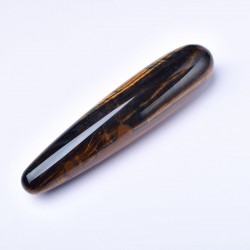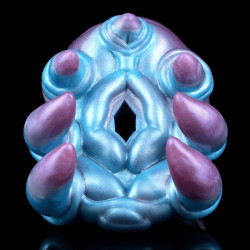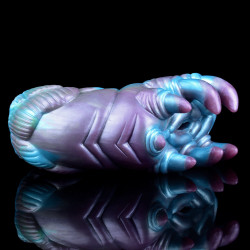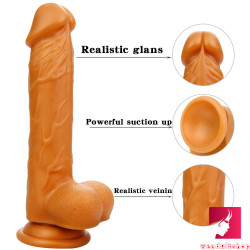
Agalmatophilia
People who are attracted to a statue, mannequin, doll, or other inanimate item that resembles a human are said to have agalmatophilia.
One particular kind of object sexuality is agalmatophilia.
The Greek words agama, which means "statue," and philia, which means "love," are the origin of the name. It was initially mentioned in 1877 by German psychologist Richard von Krafft-Ebing, who described a gardener who fell in love with a statue of the Venus de Milo and tried to consummate the connection.
Mannequin love and scatophilia are other names for agalmatophilia.
More About Agalmatophilia
Agalmatophiles may yearn to have sex with the person they are attracted to. Additionally, they may dream about engaging in sexual or nonsexual interactions with things or about observing sexual or nonsexual interactions with many objects, like two statues.
Additionally, the idea of turning oneself or another into their favorite object may stimulate galamophiles.
These fantasies capitalize on the notion that the altered individual will be immovable, so providing the fetishist with greater control. Role-playing games can be used to act out these dreams. Although some agalmatophiles execute disparaging acts in these role-playing settings, this is not always the case. Like all fetish play, agalmatophilia can be safe as long as both people agree and it doesn't take over a person's life.
Although this isn't always the case, agalmatophiles are typically attracted to naked sculptures, dolls, or mannequins. Male agalmatophiles are approximately ten times more numerous than female agalmatophiles.
Agalmatophilia is frequently linked to Pygmalionism, which is the phenomenon whereby individuals develop lust or love for something they have made. The first known agalmatophile is often thought to have been the fabled Greek sculptor Pygmalion, who fell in love with a statue he created. Agalmatophilia also frequently manifests as robot fetishism.











































